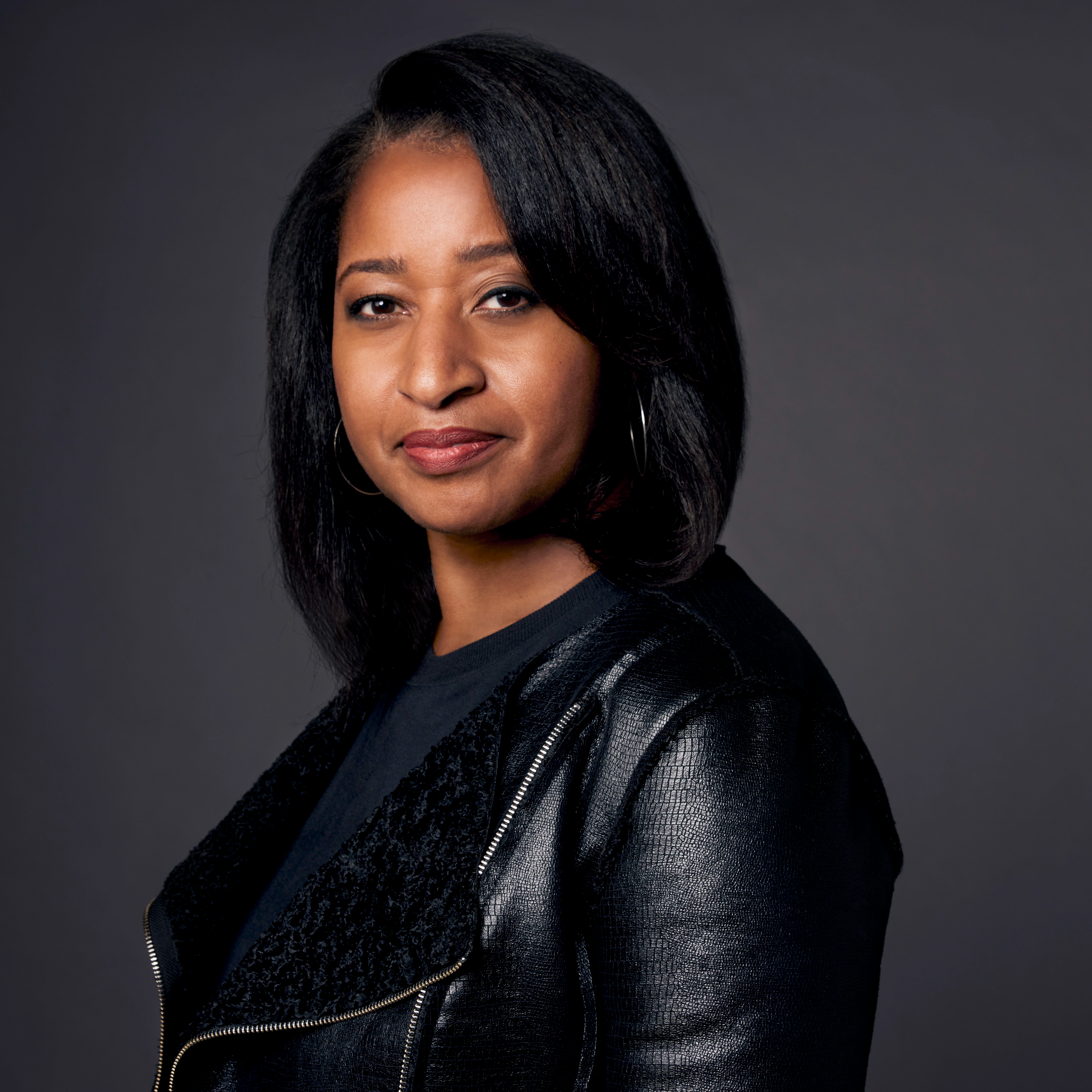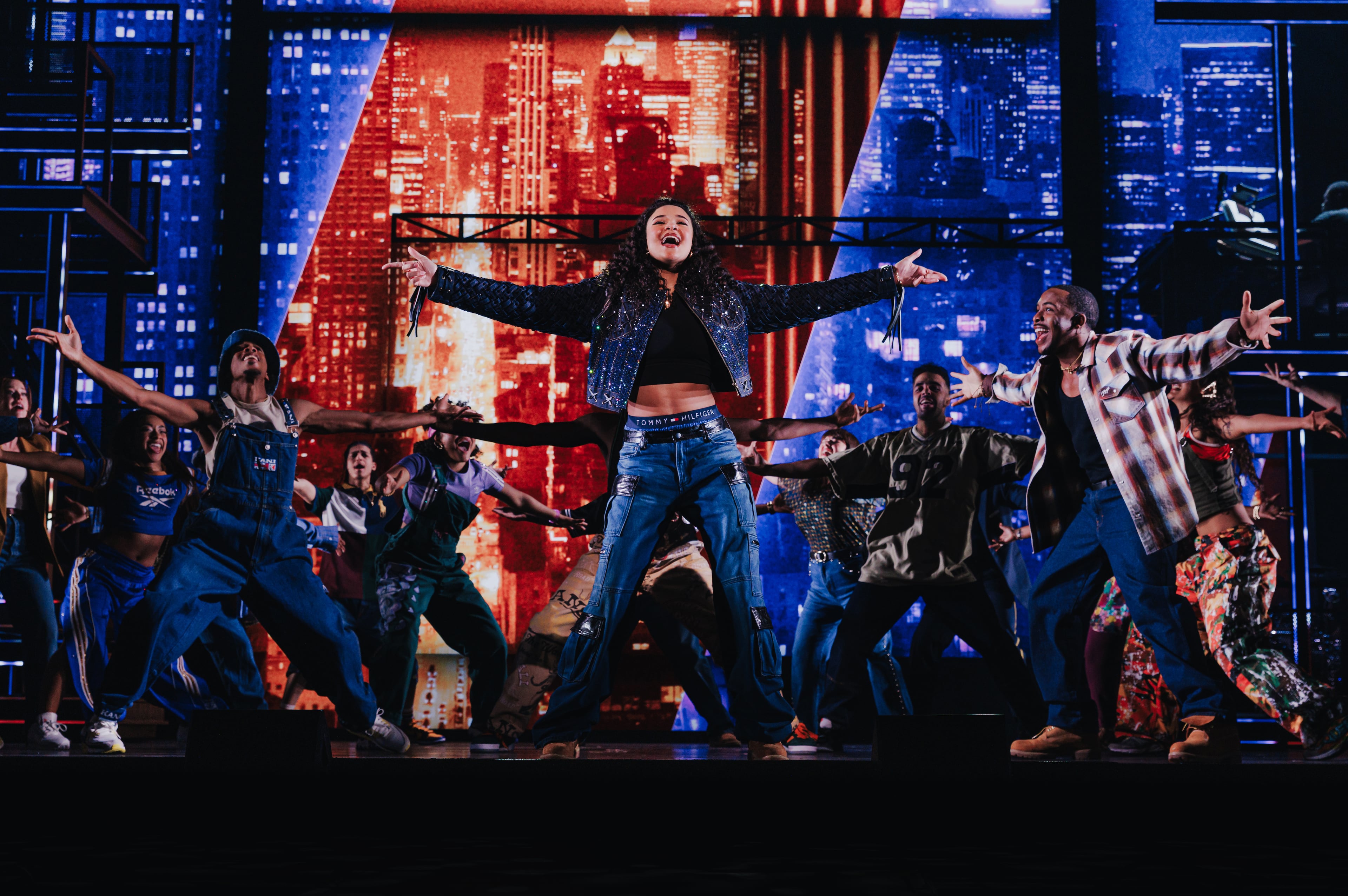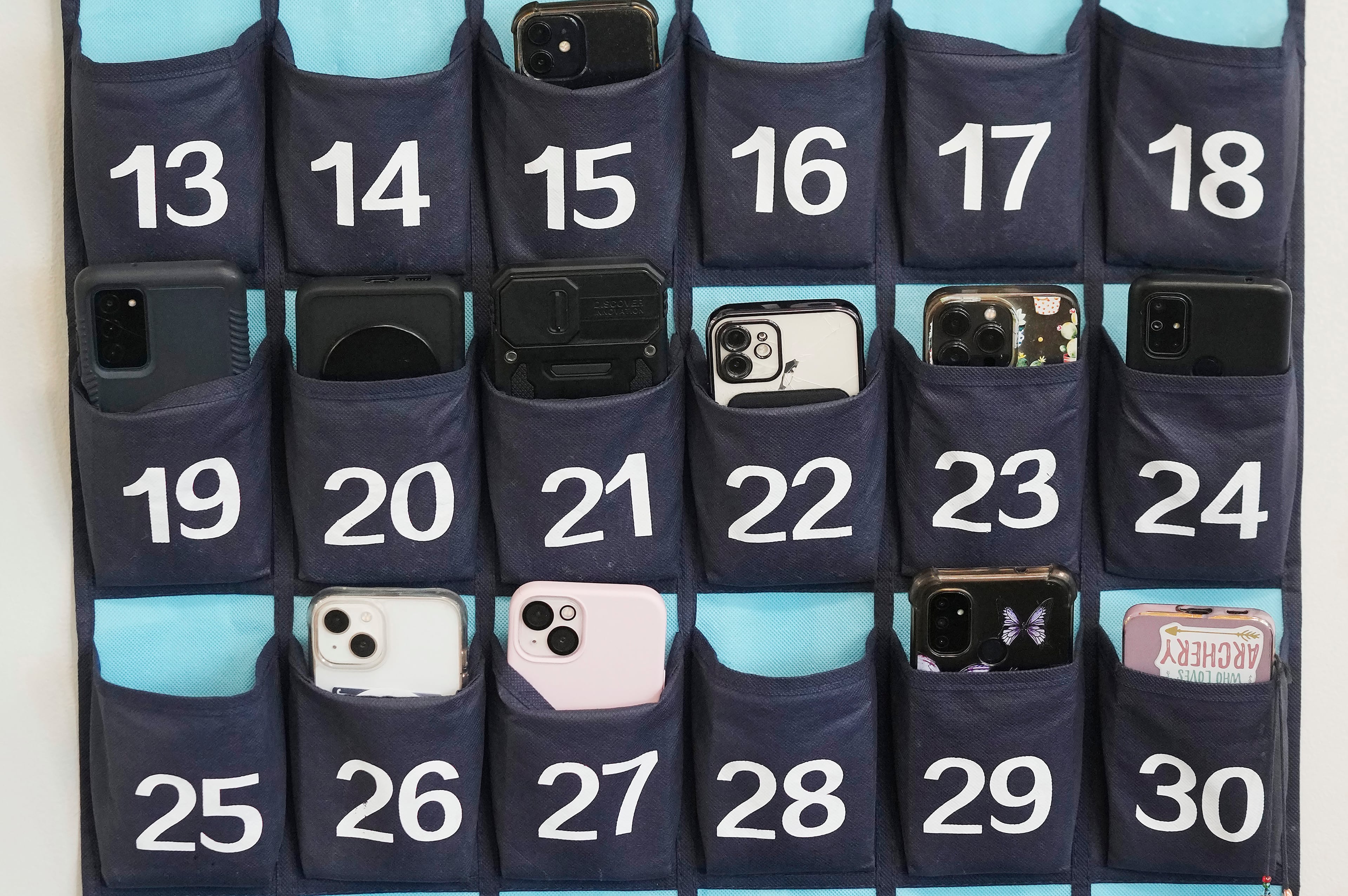Atlanta’s Olympic mascot meets its ugly match

When it comes to bad Olympic mascots, it seems Atlanta has finally met its match.
On Wednesday, organizers of the London 2012 Games unveiled Wenlock, a one–eyed steel man (woman, thing?) that set the blogosphere afire. "Ghoulish," "creepy" and "infantile" were just a few of the adjectives bandied about to describe the character that, according to the back story, was created from droplets of steel used to build the Olympic stadium.
As far back as 1968, cities have used mascots as a way to generate spirit for the Olympics as well as communicate the concept of each event and reveal the history and the culture of the host city. Atlanta's 1996 mascot, Izzy, was similarly maligned. Believed to be the first computer-generated mascot, the blue blob was considered forgettable.
Wenlock's unveiling has thrust Izzy creator John Ryan back in the spotlight. On Thursday, he got several calls and interview requests. "It’s funny, it did feel a little like déjà vu all over again," said the animator, who works for Los Angeles-based Z animation. "It is a similar concept ... that idea of the alien twist on things. We both came at the design solution from the same angle, creating something kids would look at and say ‘I want to play with that,' so there was a little simpatico there,"Ryan said.
The mean-spirited criticism that seems to surround so many Olympic mascots is merely evidence that adults have lost their sense of playfulness, he said. "All the committees come to designers with the same directives and everyone seems to bypass the idea that maybe this needs a broader appeal. Maybe this needs to not just be for kids," Ryan said.
His first thought upon seeing Wenlock and the Paralympic Games counterpart, Mandeville?
"My first reaction was, ‘Oh those are cool,' " Ryan said. But as the day went on, he realized other than recalling their one-eyed stare, he probably couldn't draw them from memory. "They are somewhat nondescript, but that lends itself to something that kids can put their imprint on," Ryan said, looking on the bright side.
As for the mascots he has liked, there was Cobi, the cubist Catalan sheepdog from Barcelona in 1992, who caused creator Javier Mariscal major tribulations. He also liked Miga and Quatchi, a mythical sea bear and a sasquatch, respectively, out of Vancouver this year. And then there was Magique, the man/star snow imp from the 1992 Winter Games in Albertville, France.
Does Ryan feel redeemed for Izzy, who left him with more than a few "this didn’t go exactly as anybody thought this was supposed to" moments? Maybe ... not.
Ryan, who has maintained a successful career in animation, has never put "Izzy creator" on his resume. "People figure it out," he said. "It’s not that I am not proud of it, but it’s just that it is its own thing."
Another bad creation: Olympic mascots that fared badly
2012 -- London, Wenlock and Mandeville. Two characters designed to look like drops of steel from the Olympic stadium were called "creepy."
1996 -- Atlanta, Izzy. The character's name was derived from kids asking "What is it?" The question was never really answered.
1992 -- Barcelona, Cobi. Creator Javier Mariscal reportedly objected to the sheepdog mascot being translated into a three-dimensional character.
The ones that did better
1972 -- Munich, Waldi. The dachshund was considered quite lovable.
1980 -- Moscow, Misha. The bear from children's book illustrator Victor Chizhikov proved popular.
1984 -- Los Angeles, Sam the Eagle. The Walt Disney Co.-designed mascot was all dressed up like Uncle Sam.



